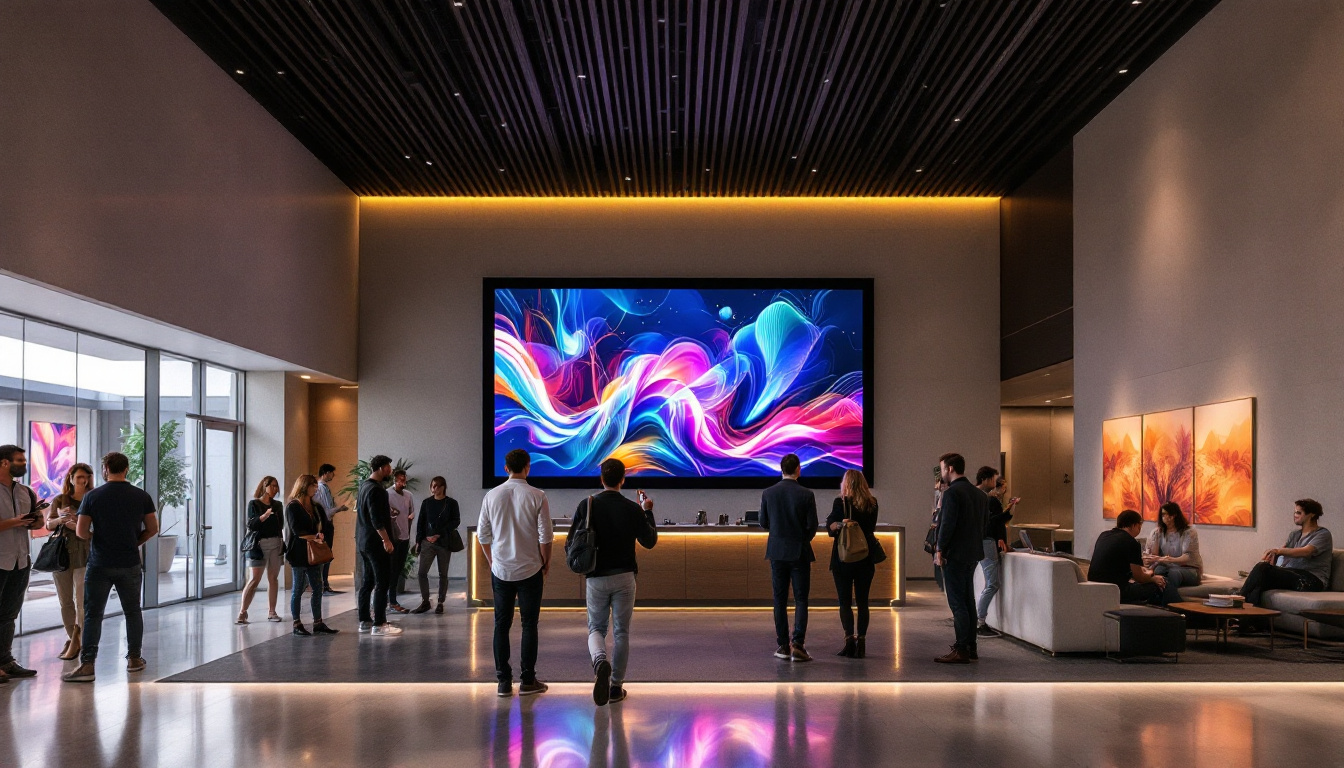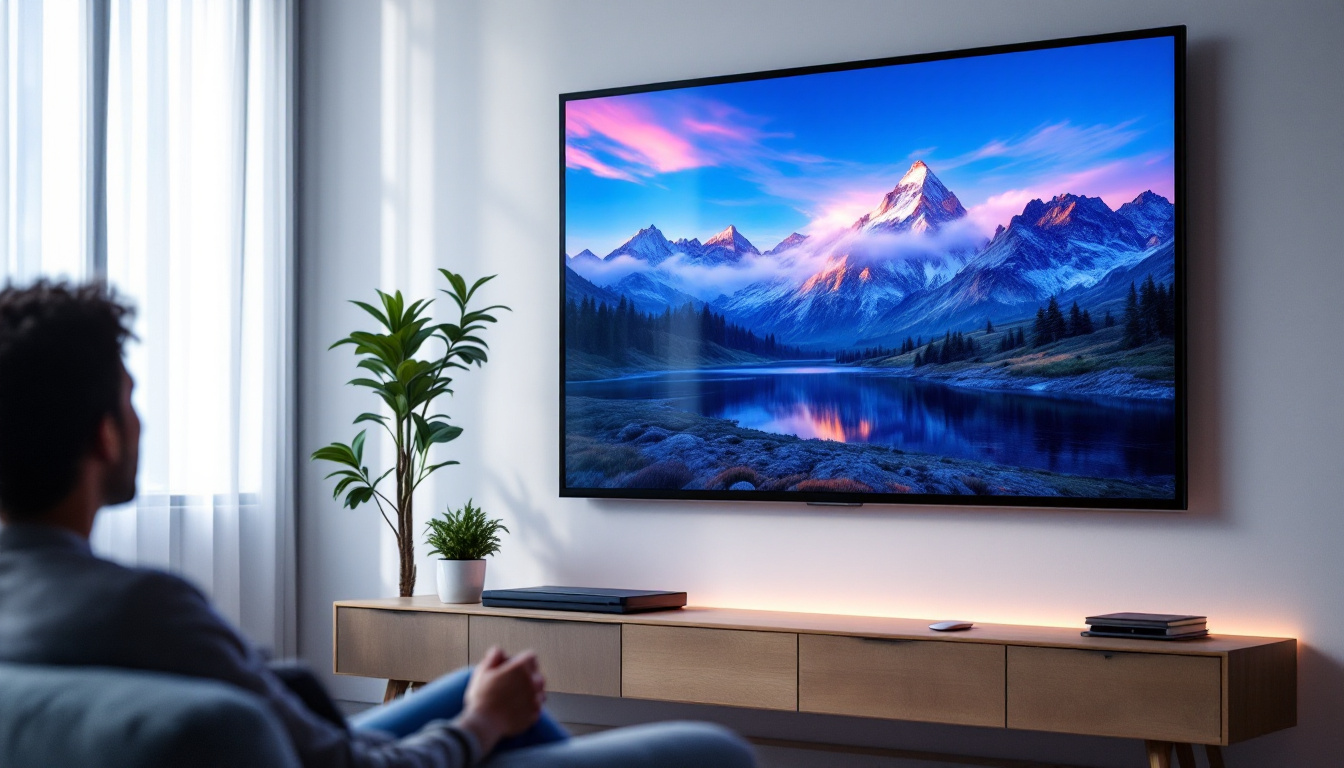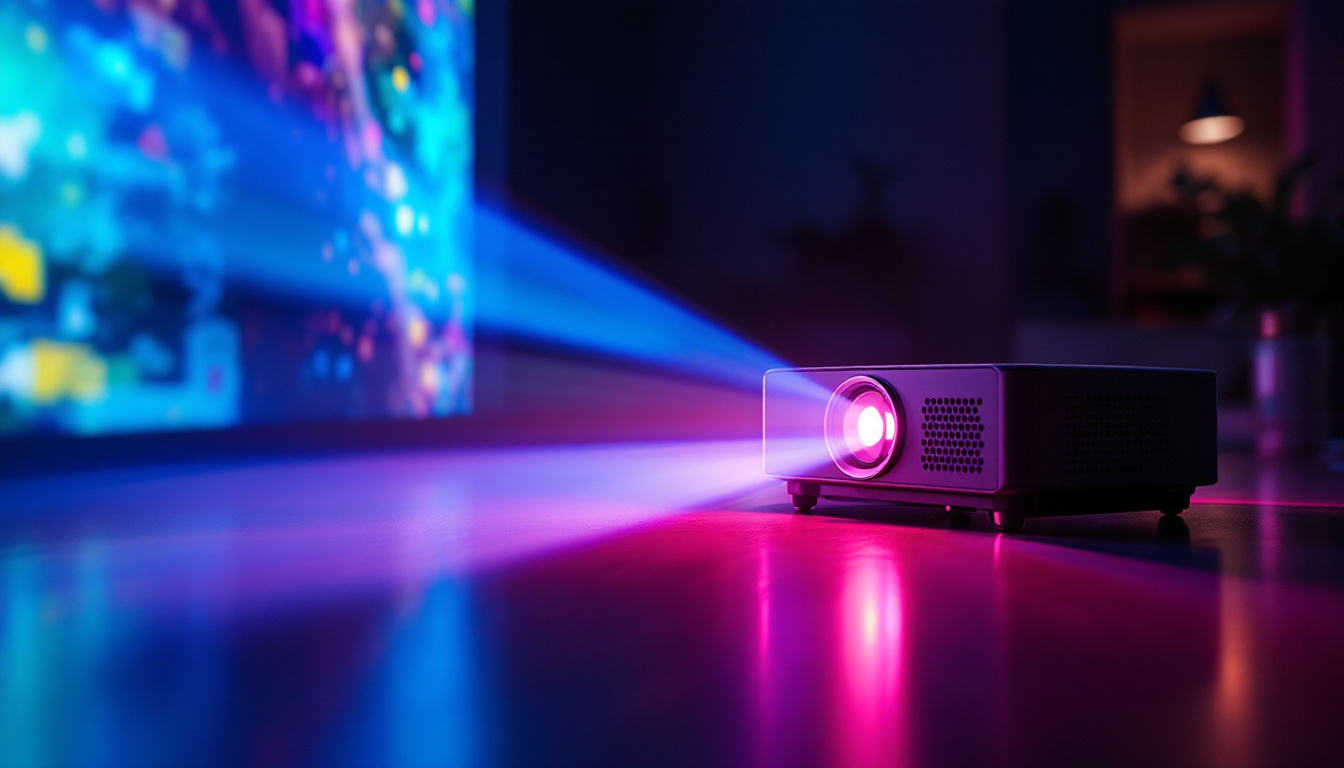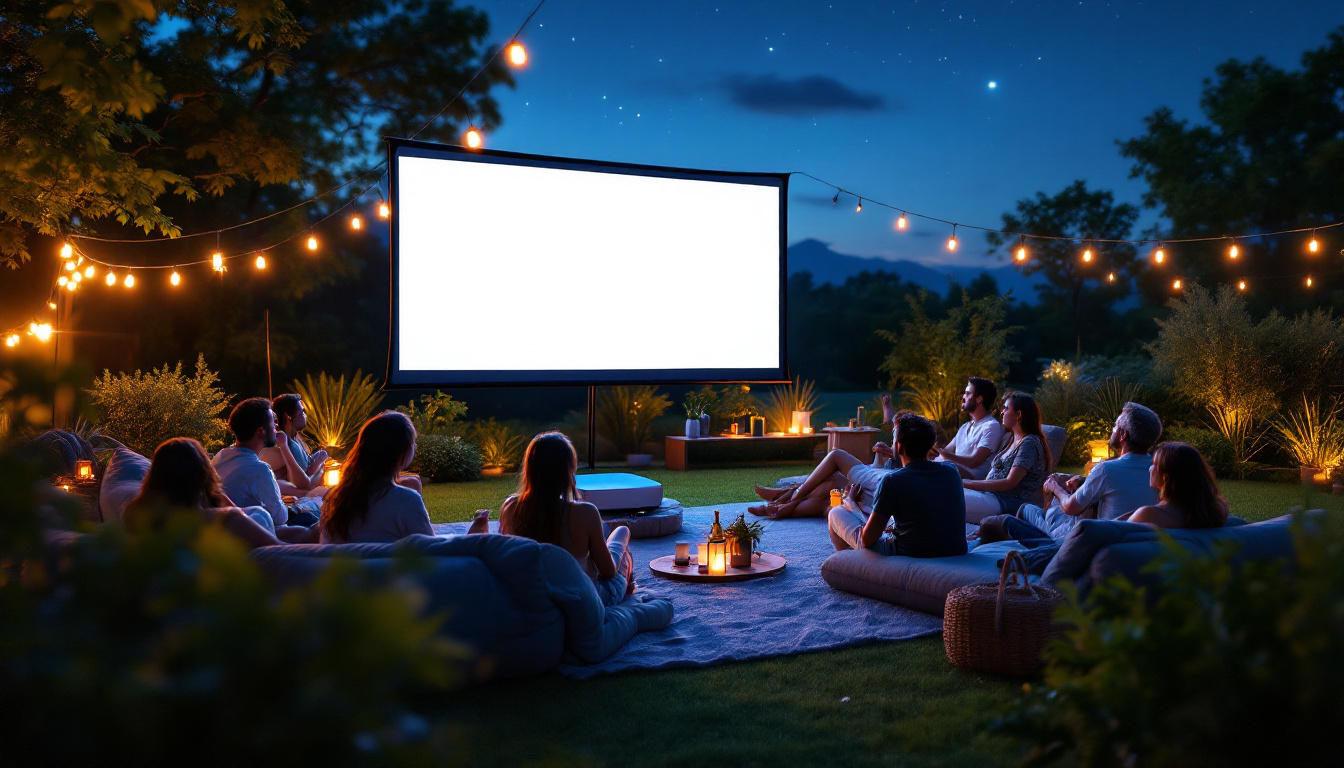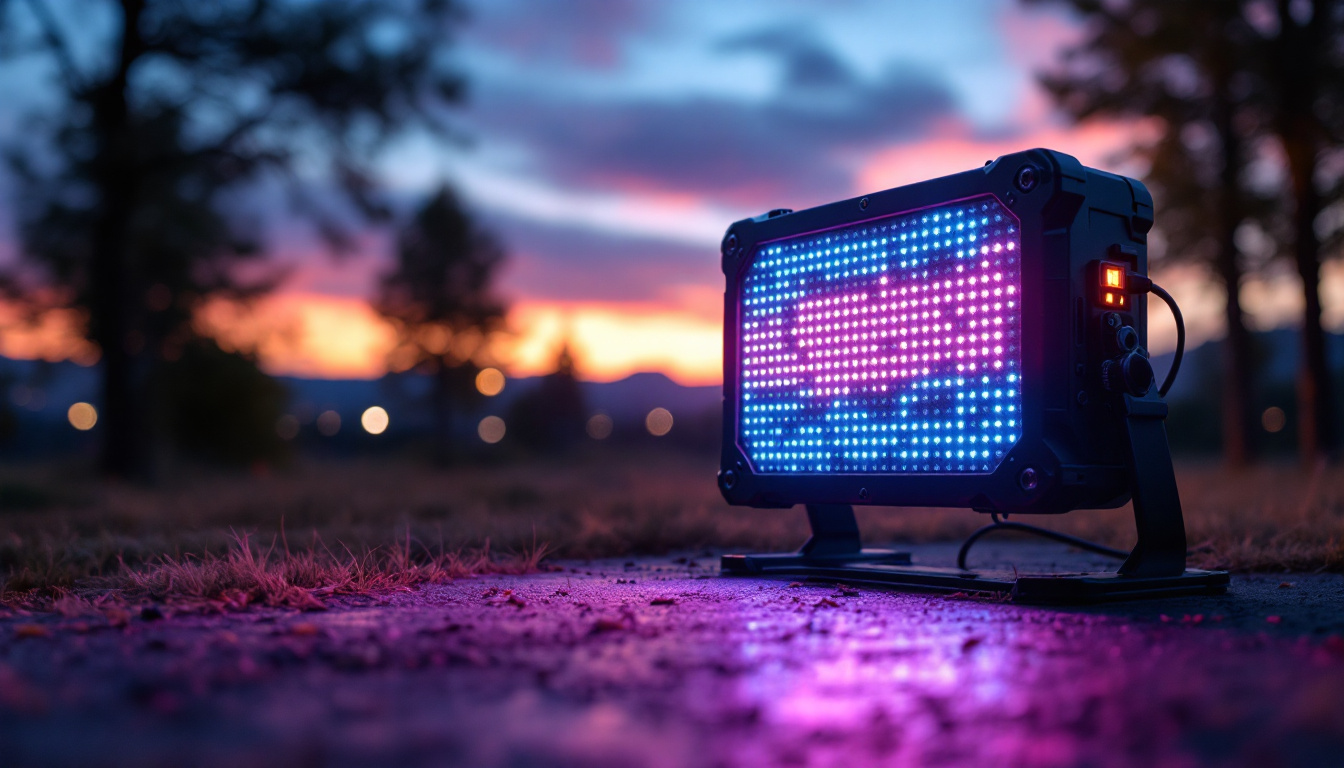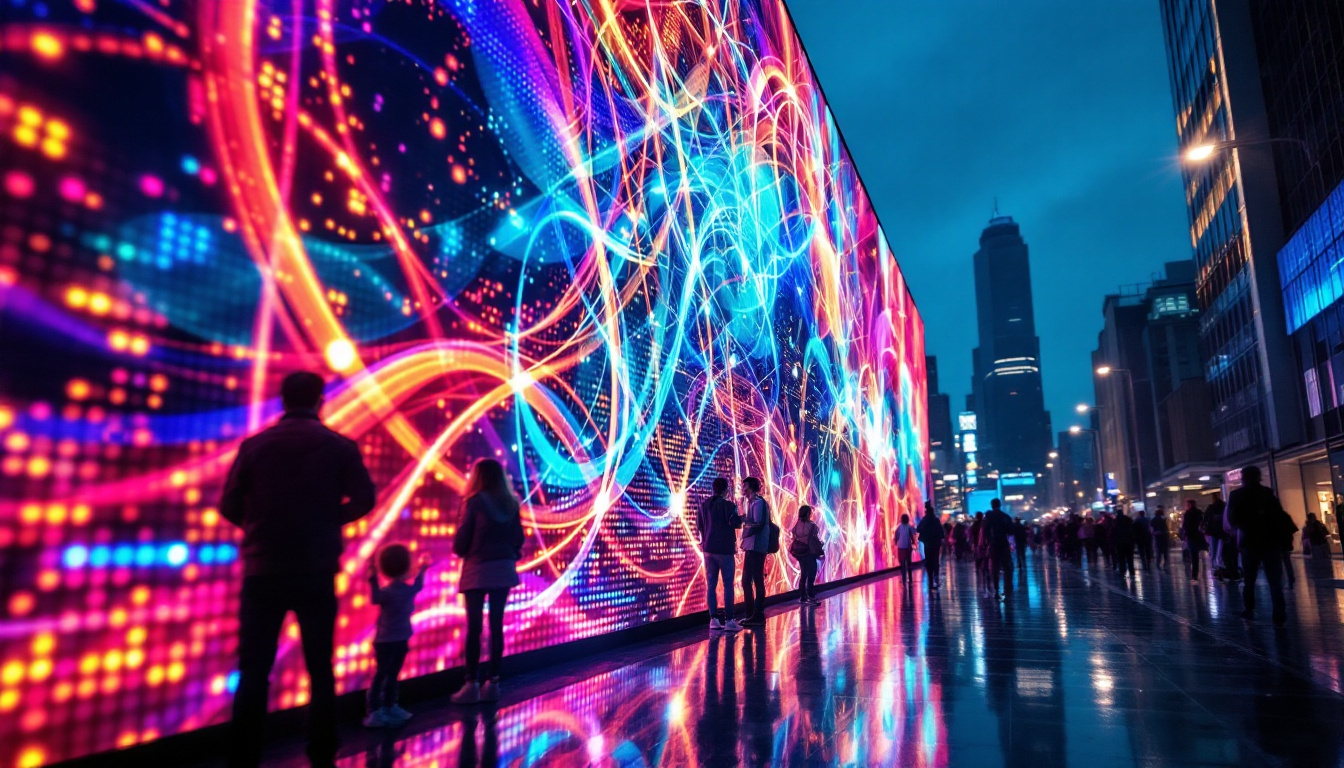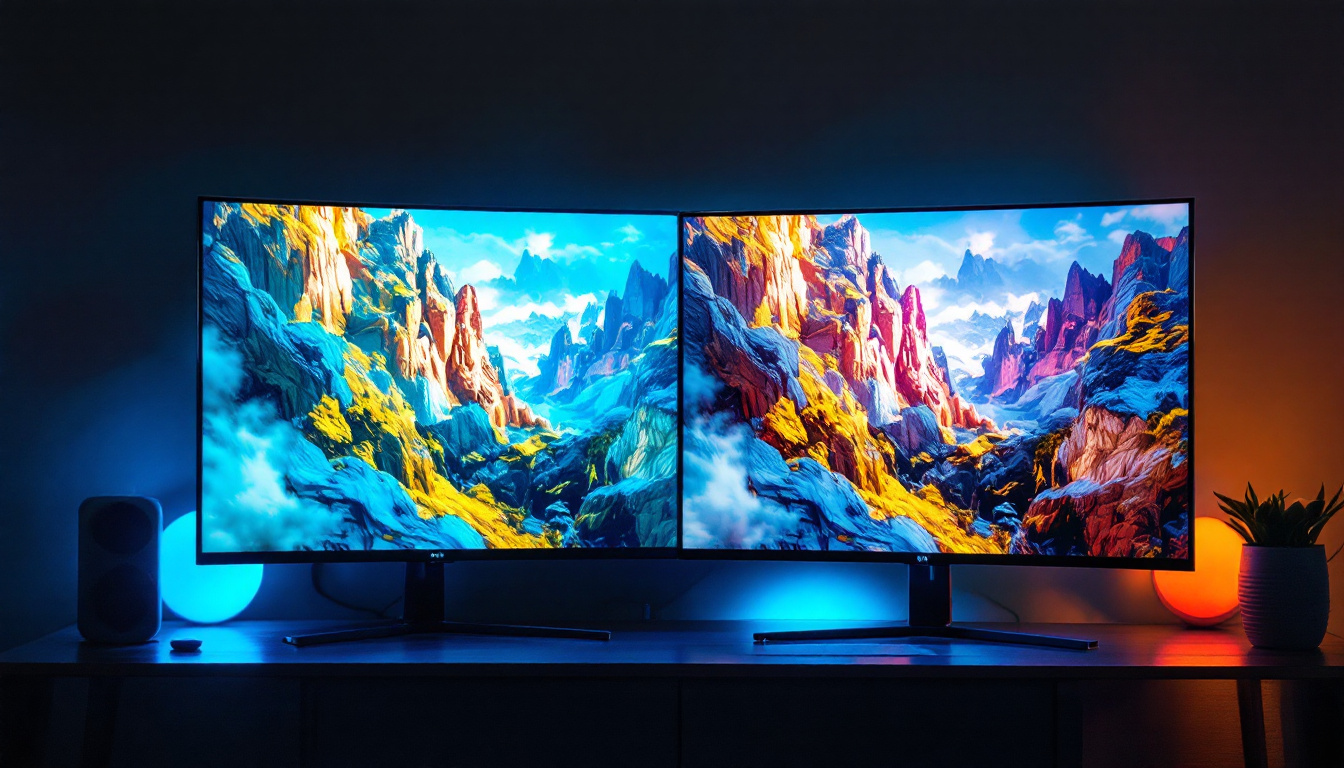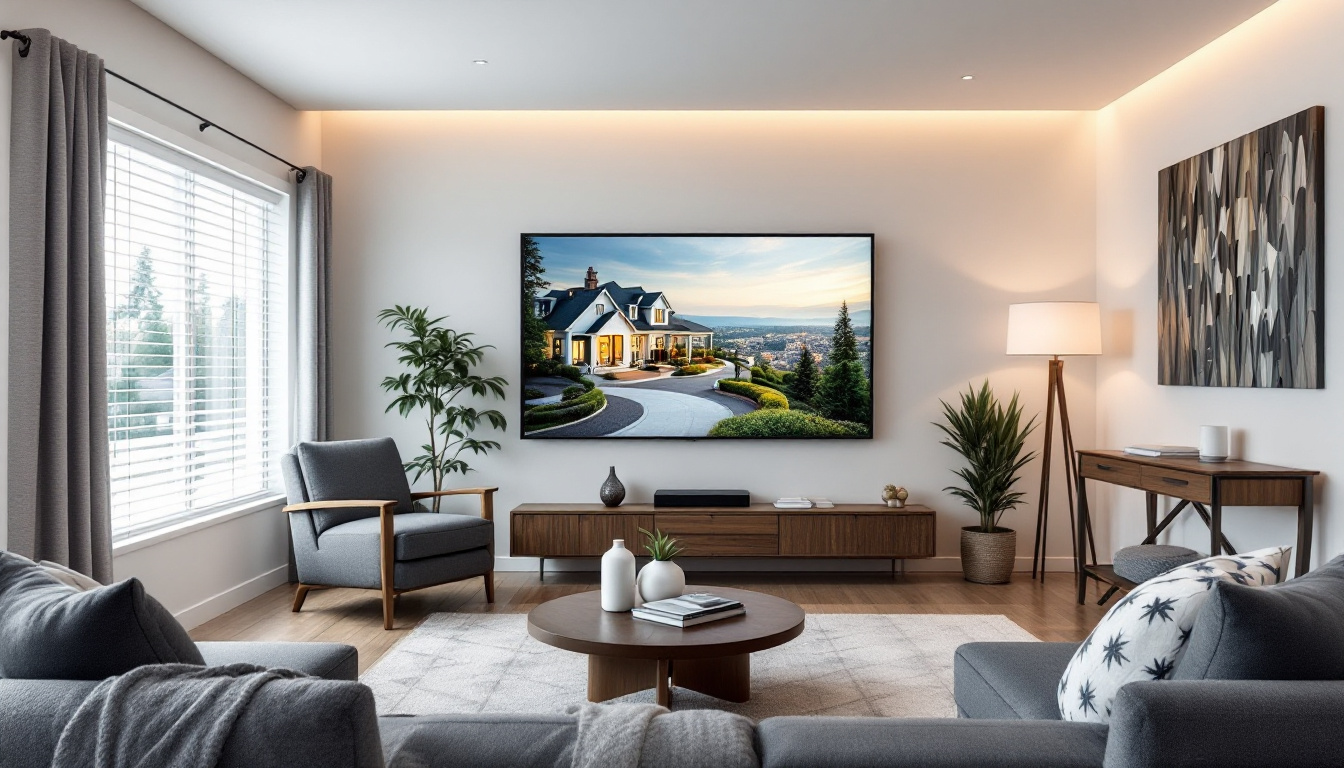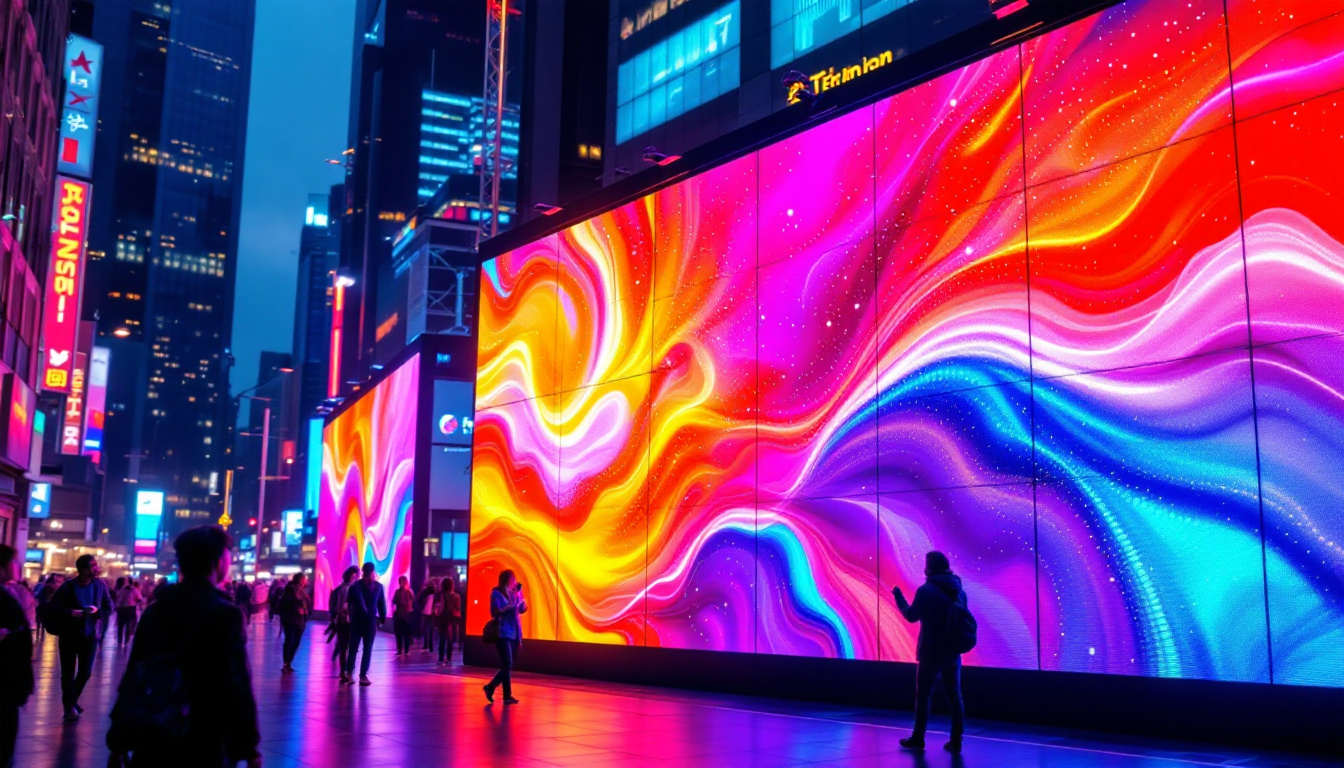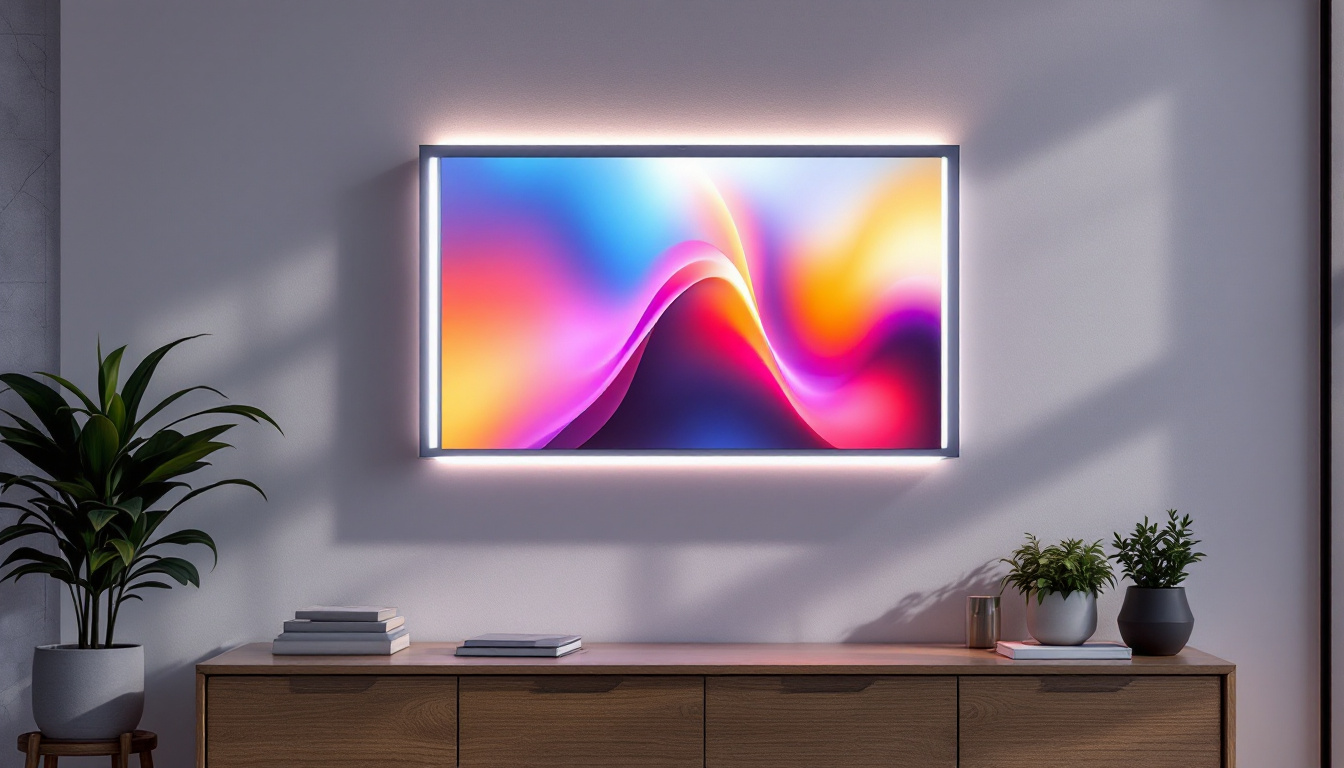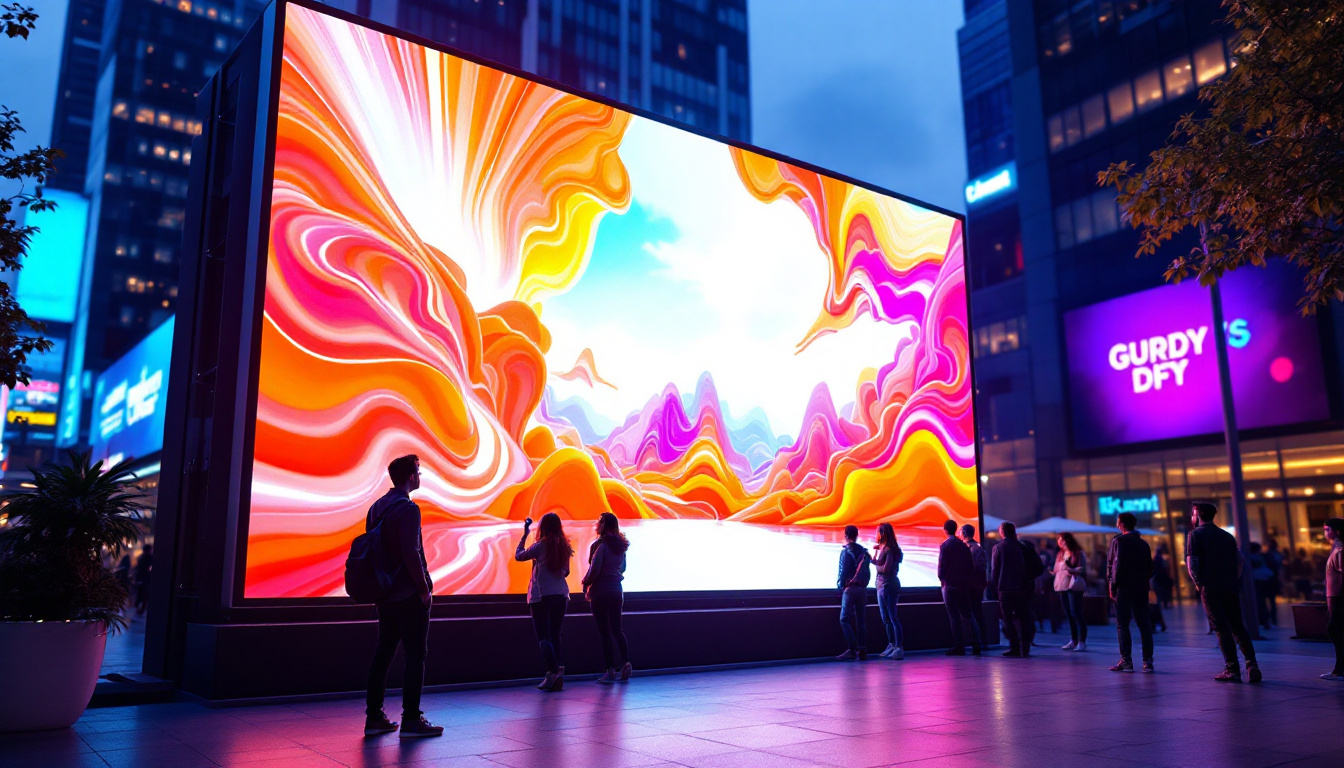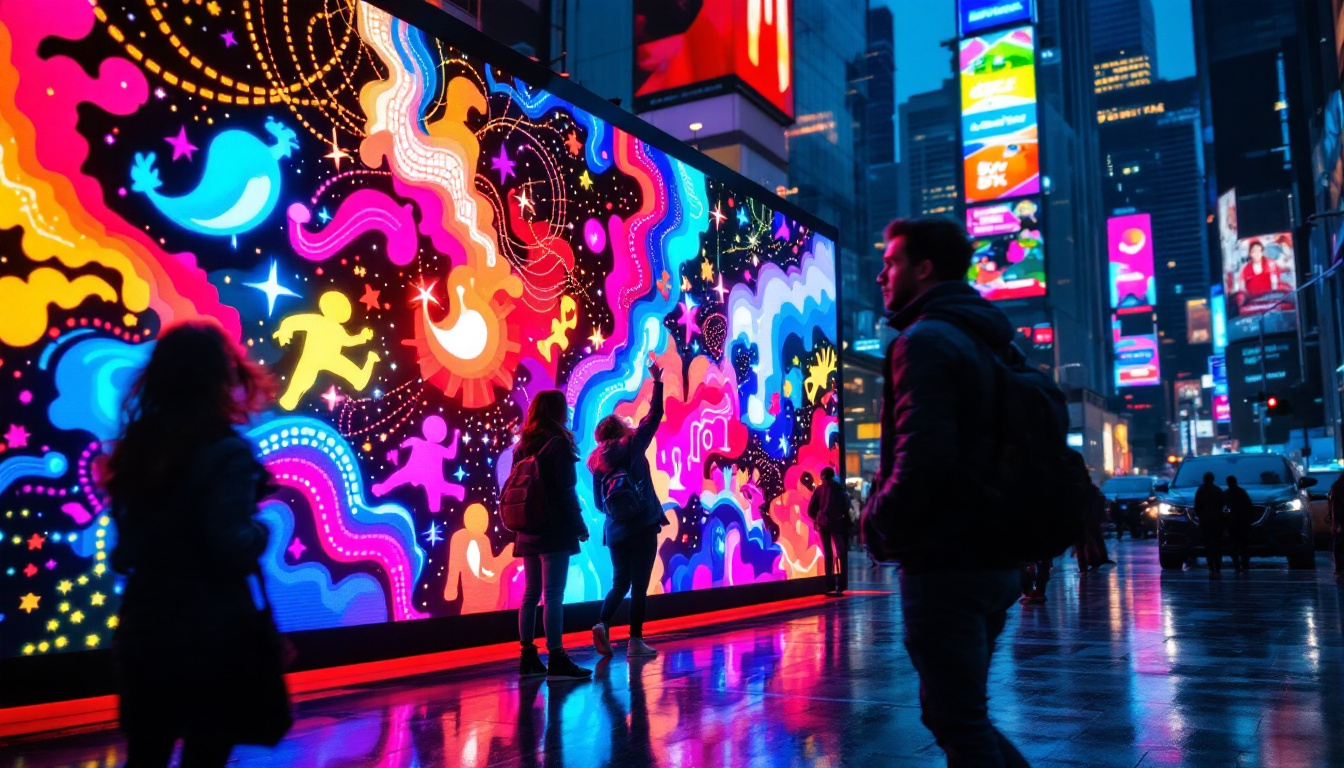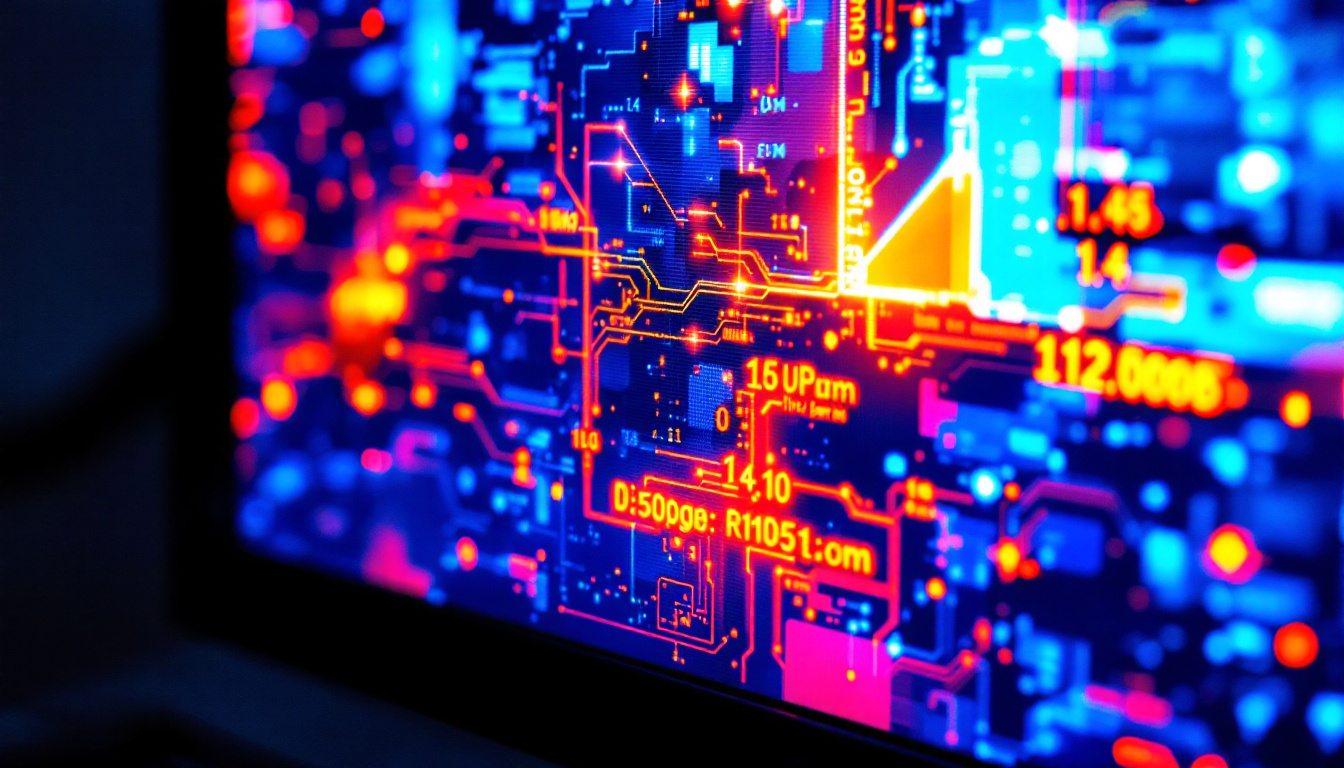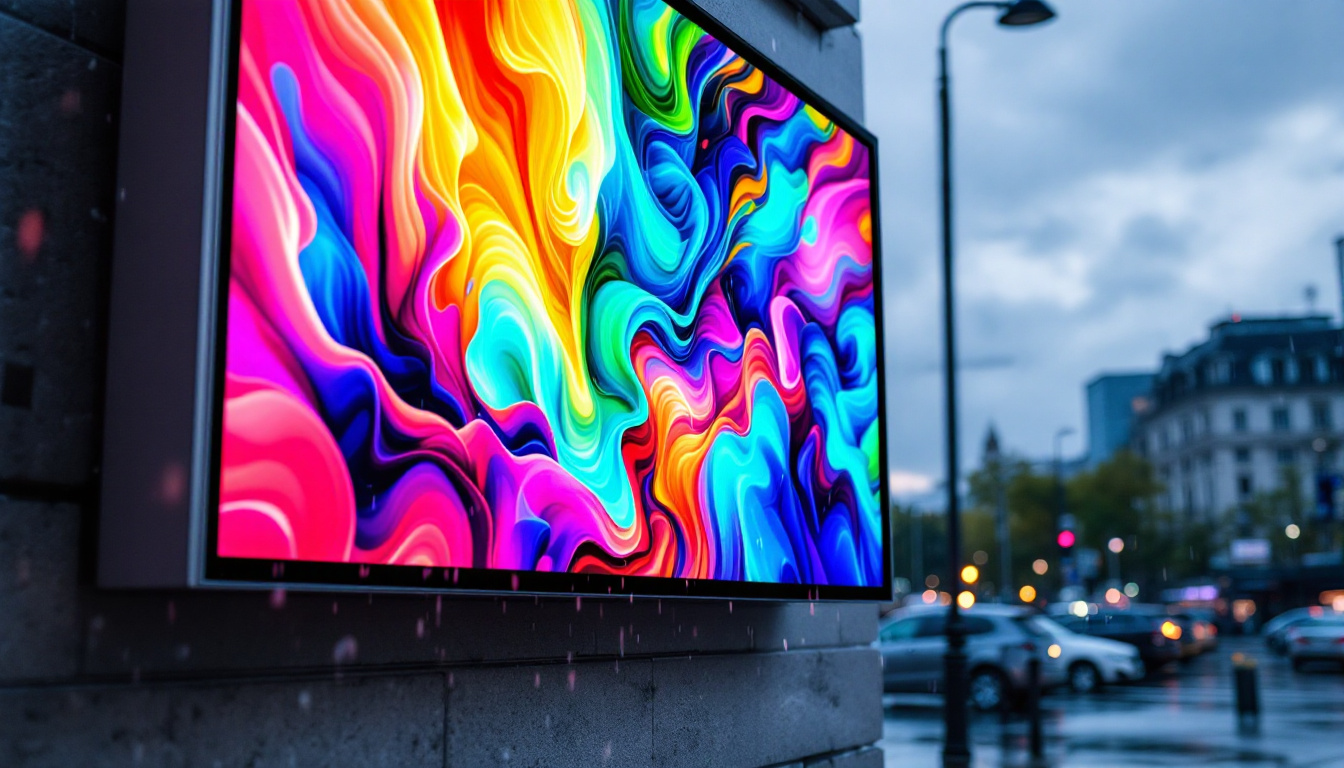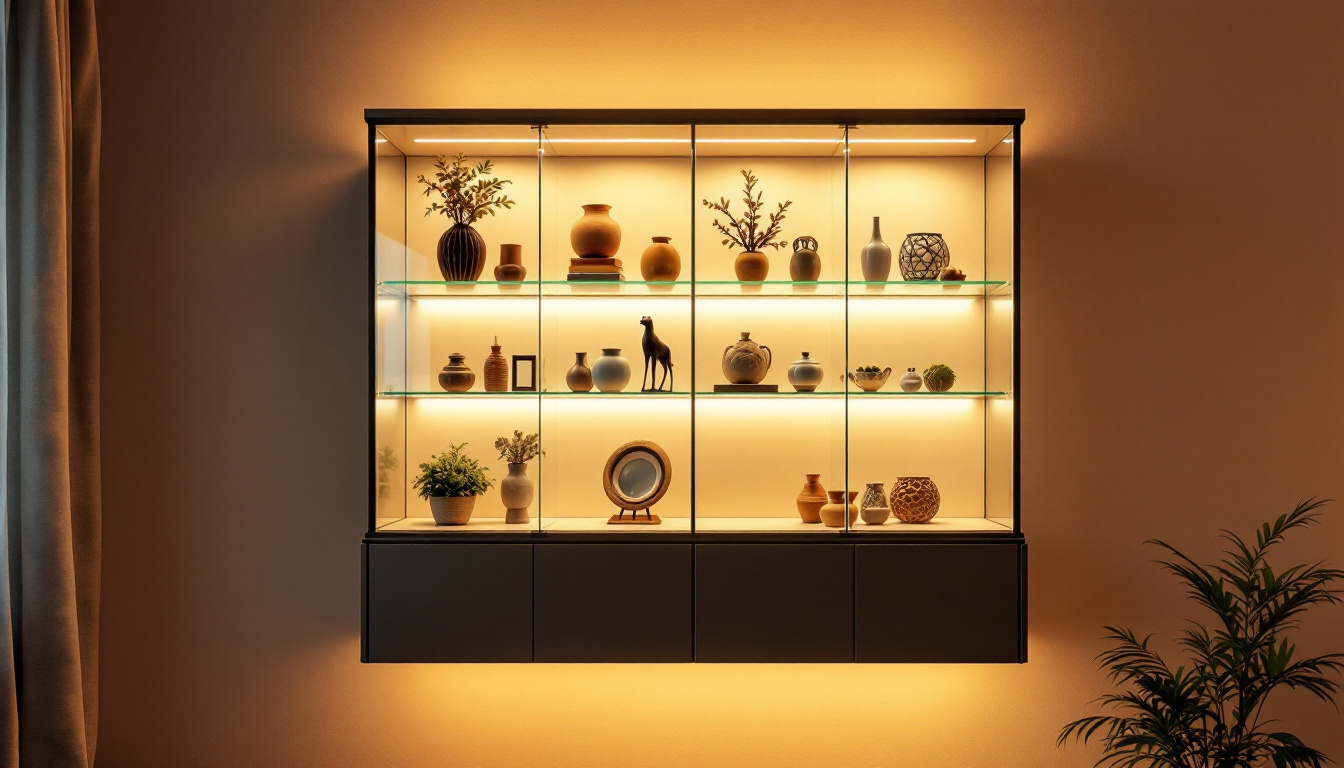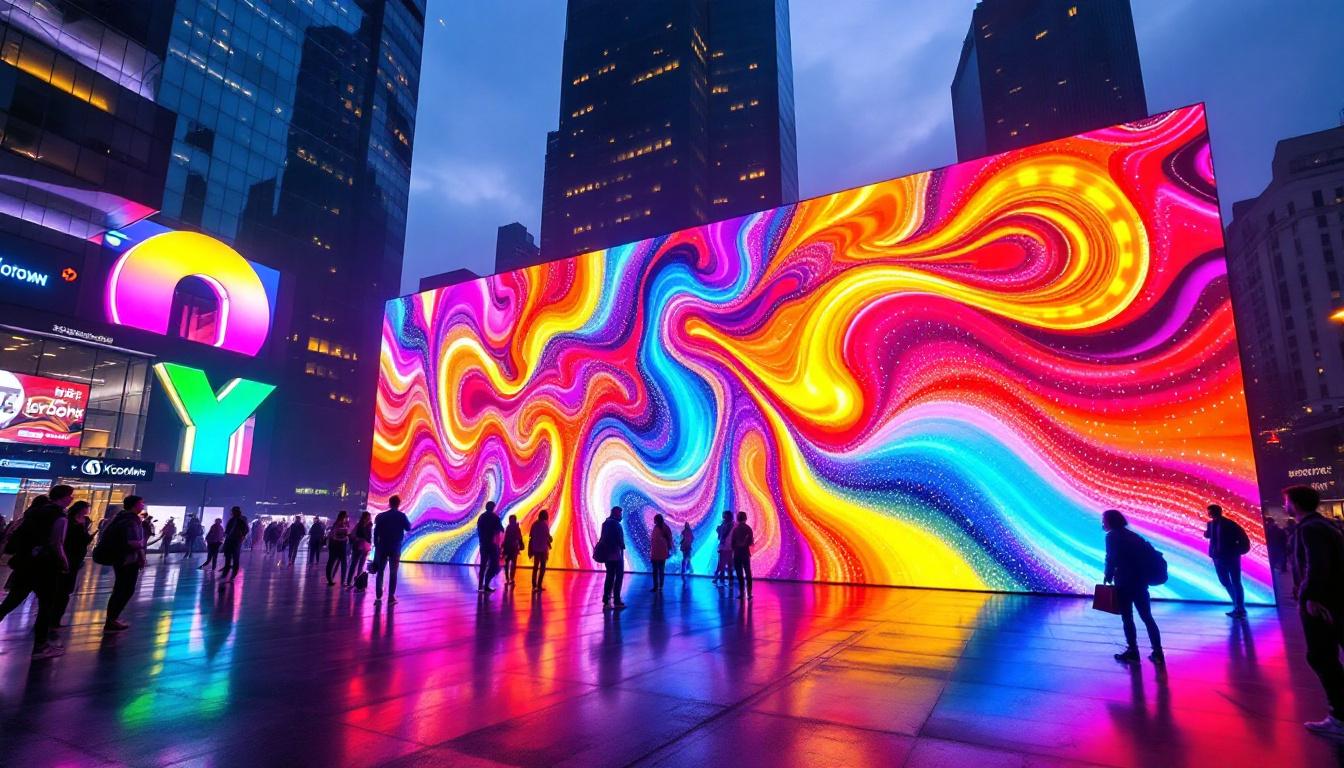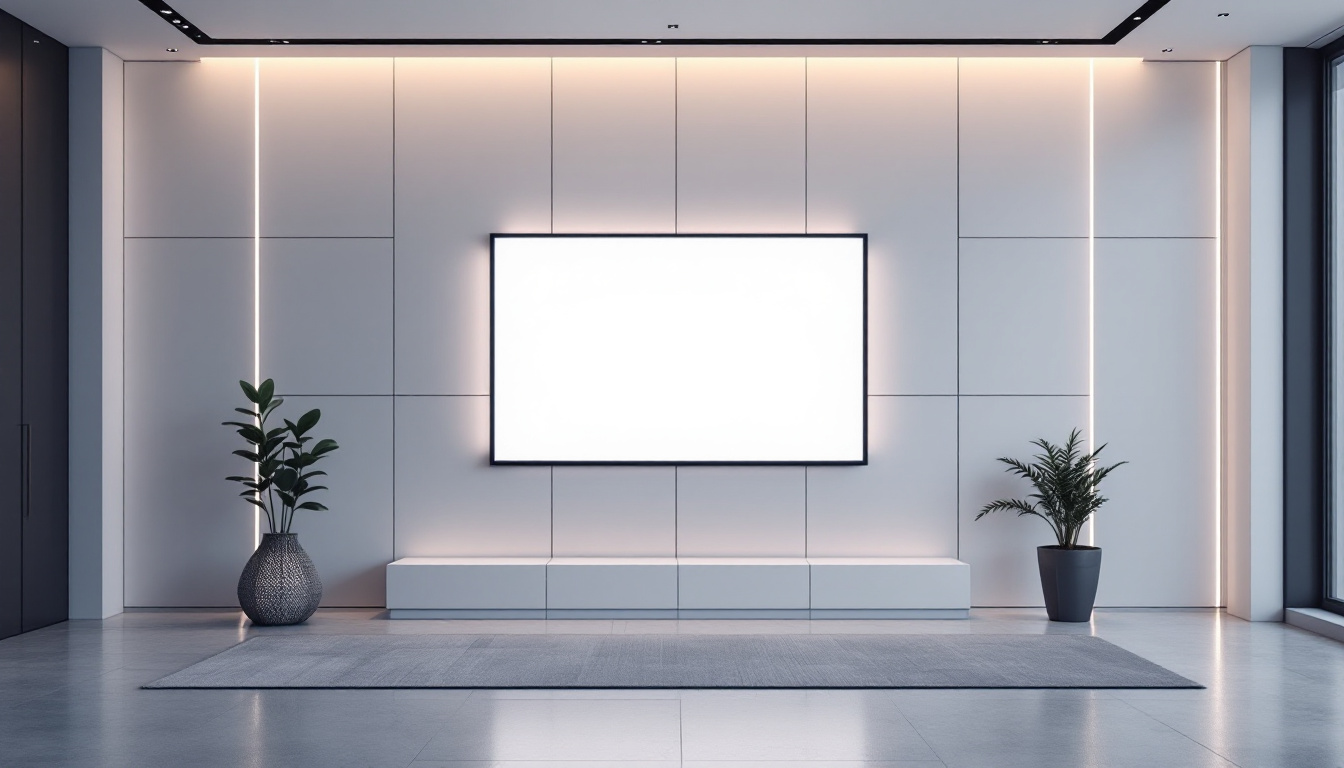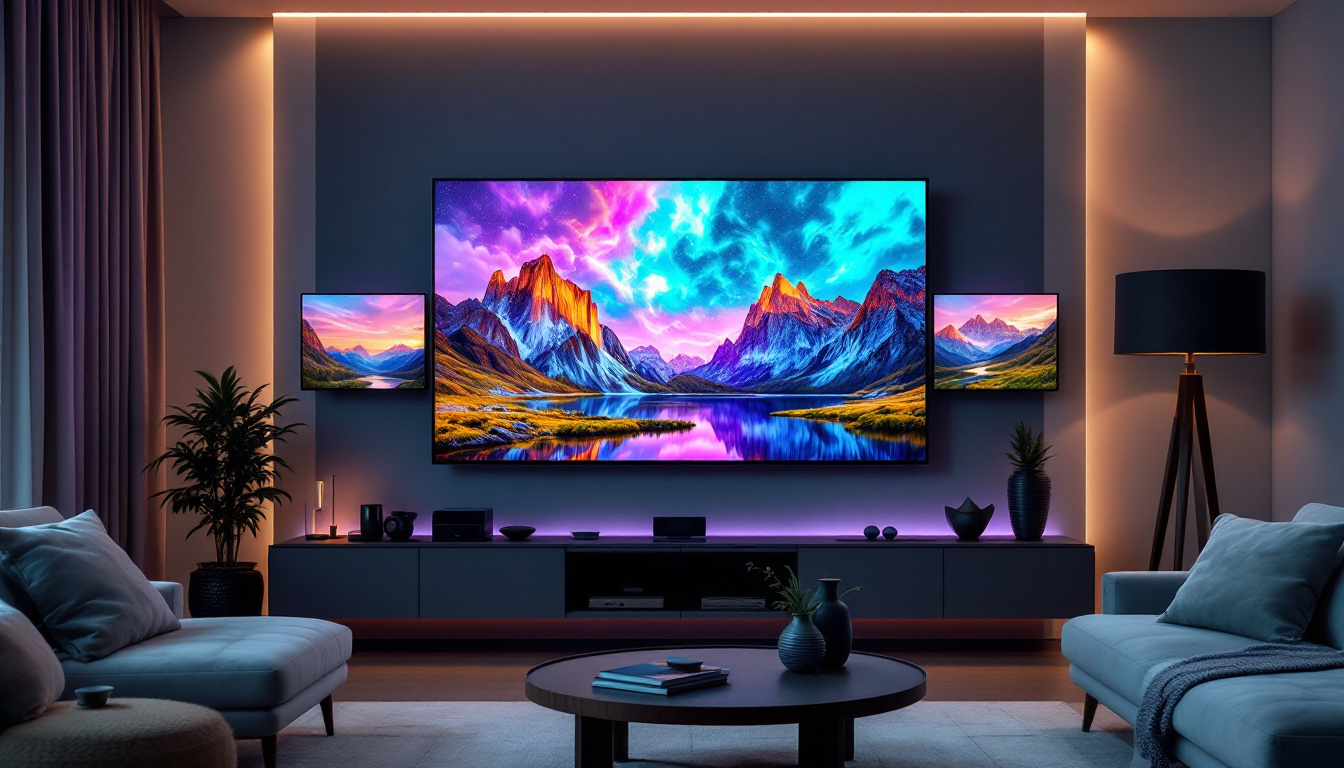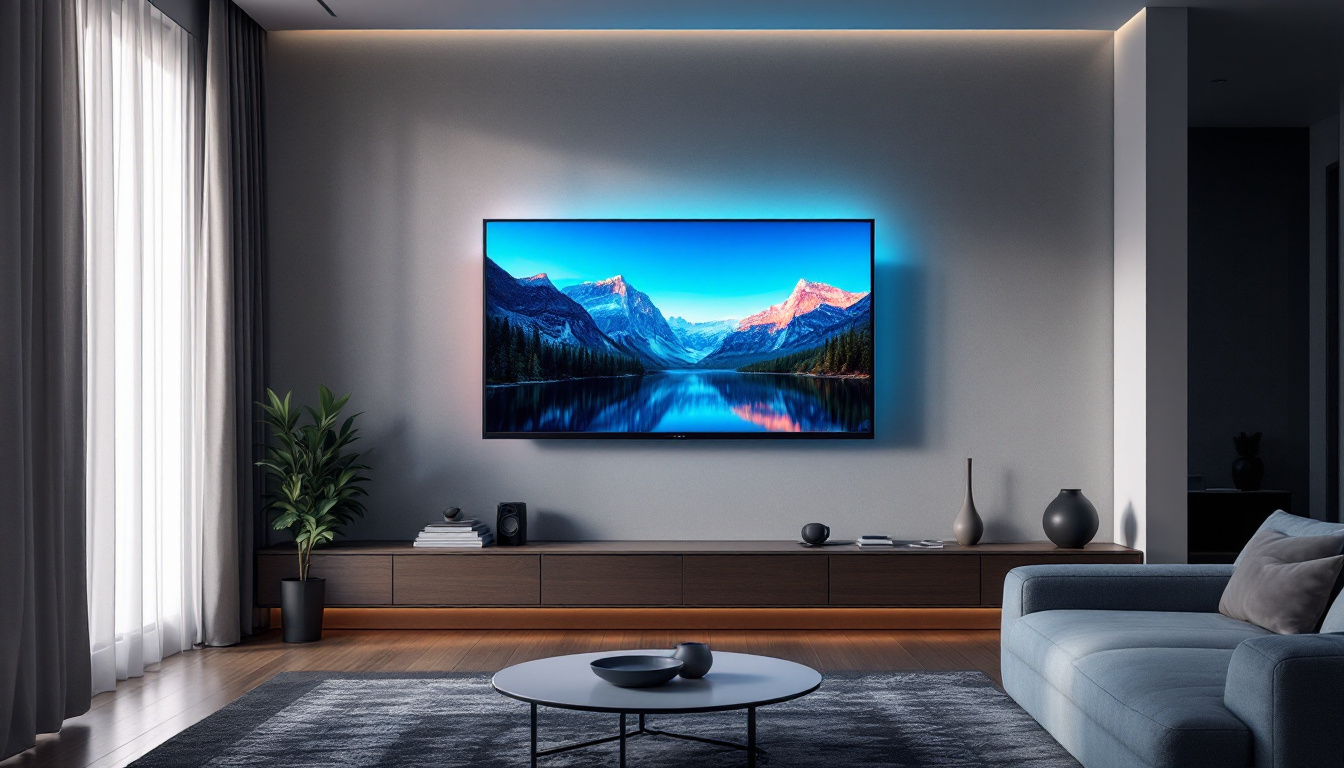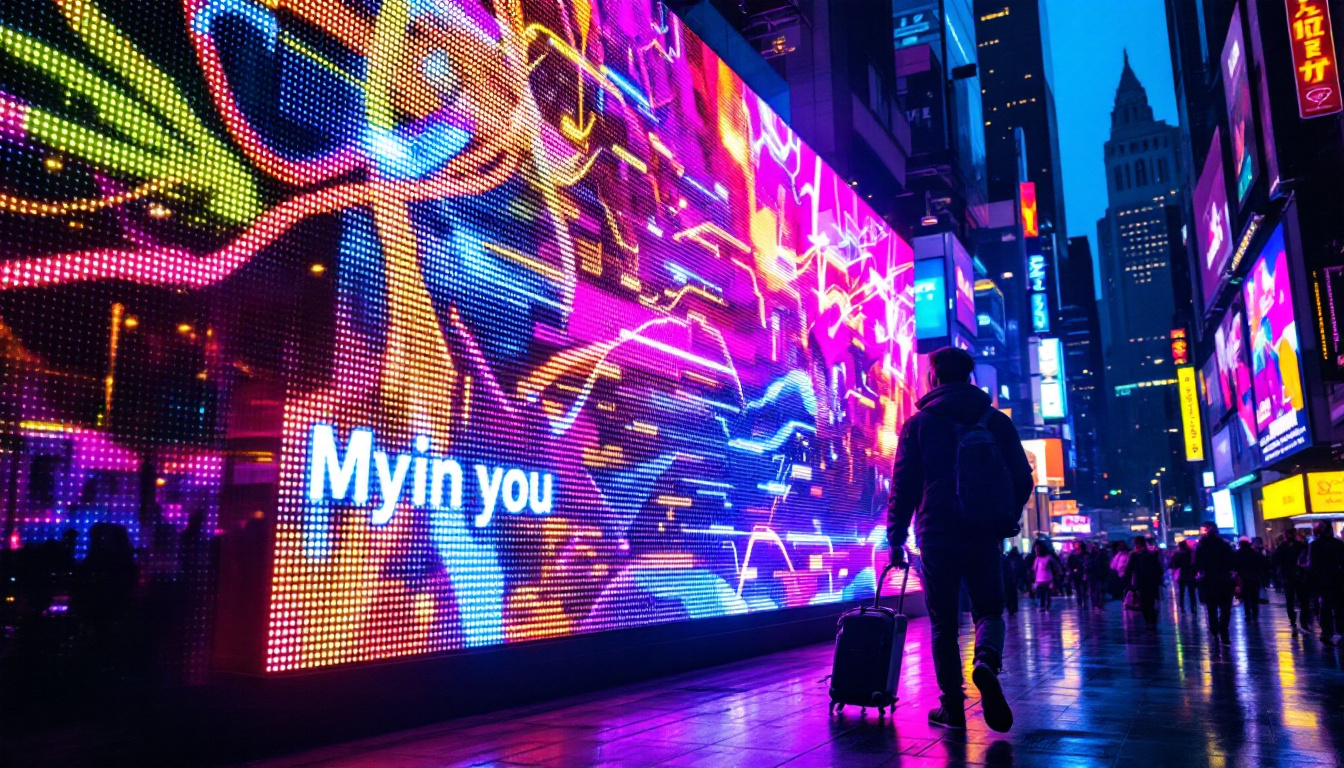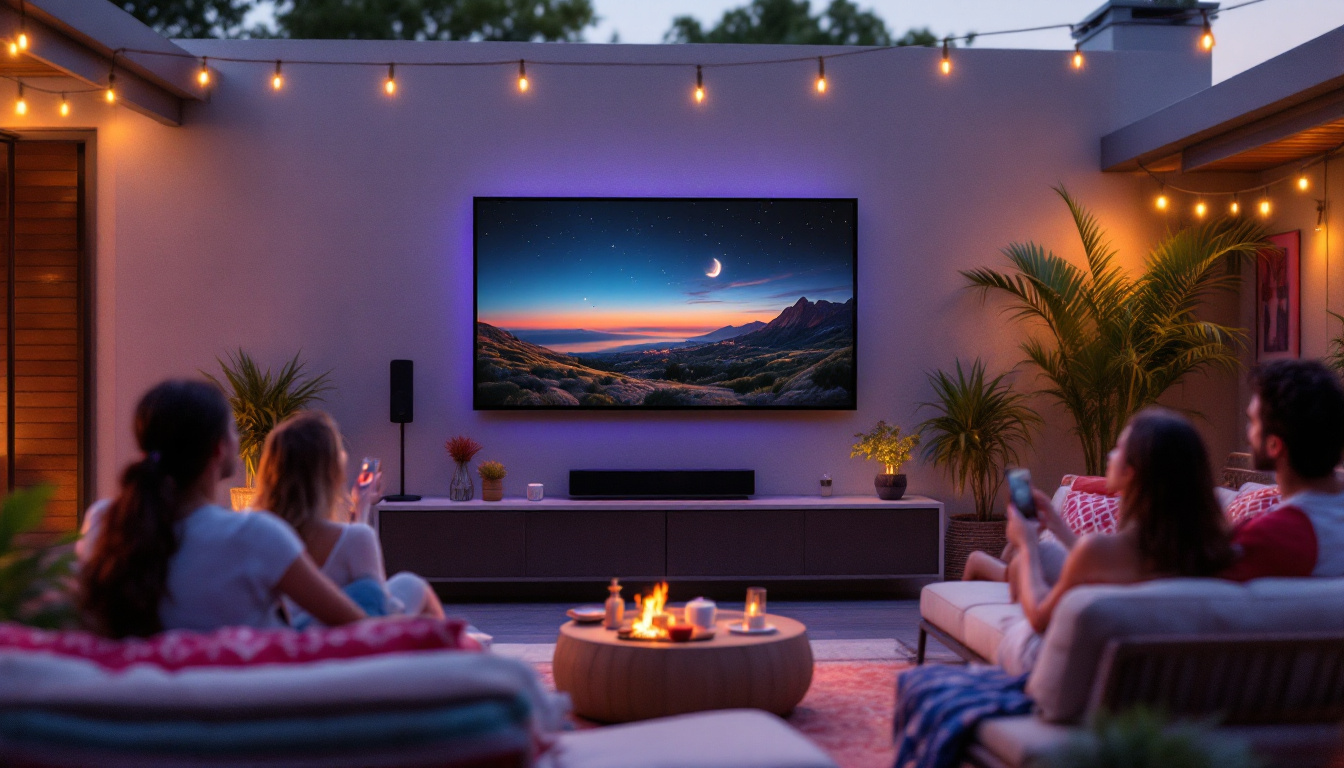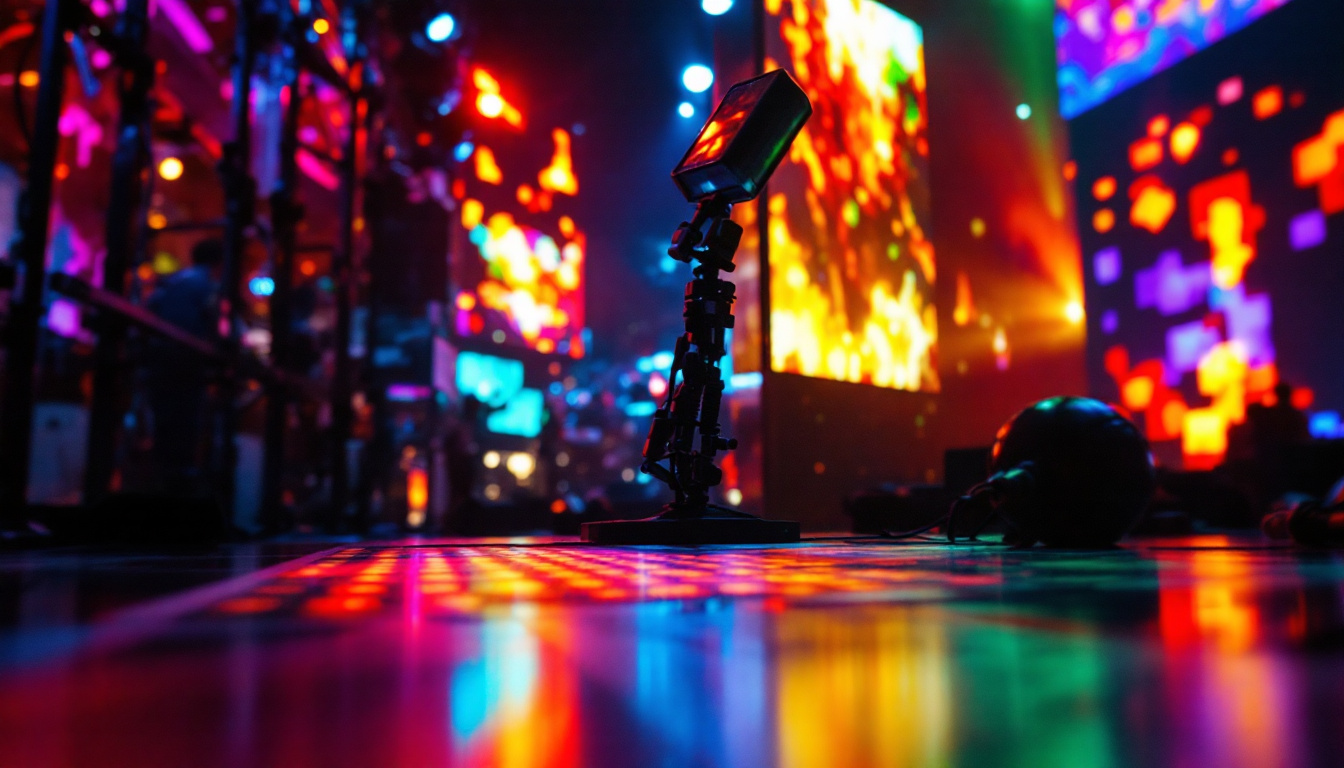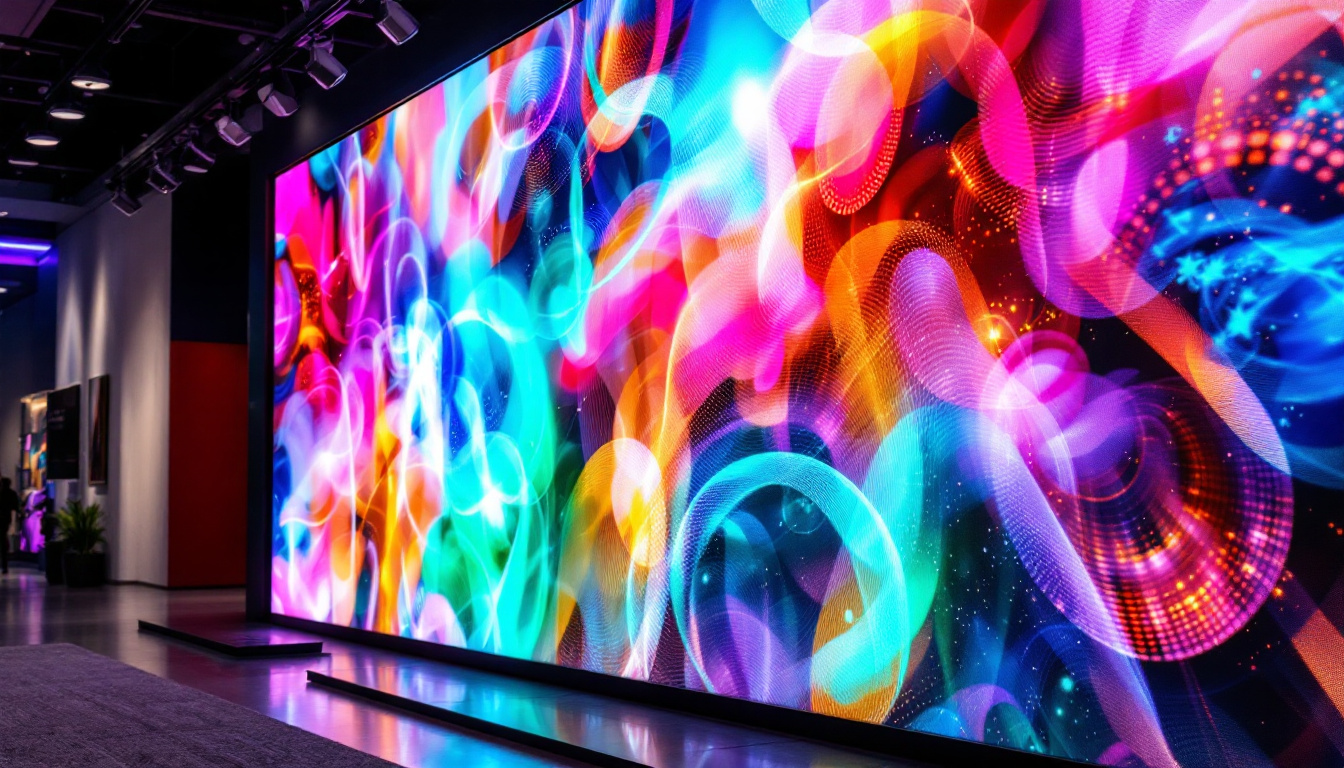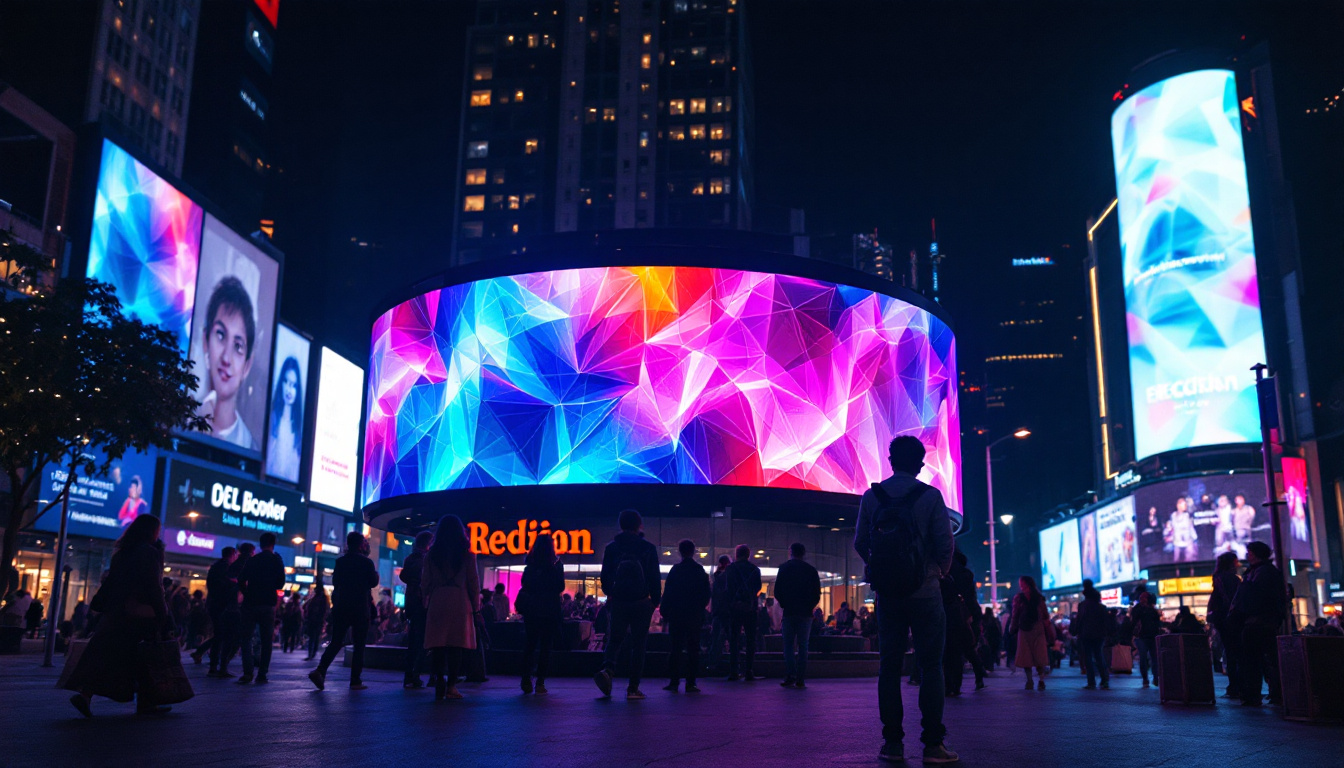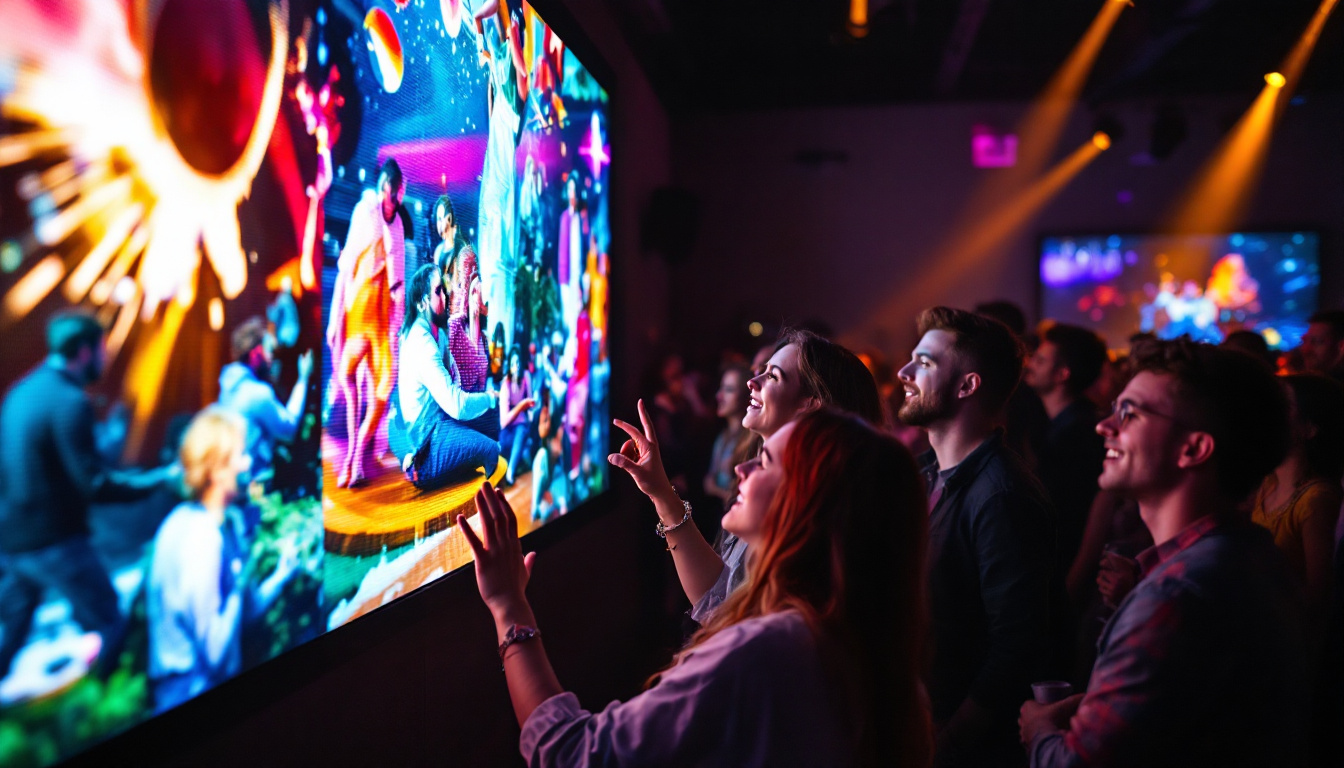In the modern hospitality industry, technology plays a pivotal role in enhancing guest experiences and streamlining operations. One of the most innovative advancements is the use of LED displays in hotels. These displays have transformed how hotels communicate with their guests, manage information, and promote their services. This article delves into the significance of LED displays in the context of Concur Hotel, exploring their features, benefits, and the future of digital signage in the hospitality sector.
Understanding LED Displays
LED displays, or Light Emitting Diode displays, are electronic screens that utilize LEDs to produce images and text. They are known for their vibrant colors, high brightness, and energy efficiency. In the hospitality industry, these displays serve various purposes, from advertising promotions to providing essential information to guests.
Types of LED Displays
There are several types of LED displays commonly used in hotels. Each type serves different functions and can be tailored to meet specific needs.
- Indoor LED Displays: Typically used in lobbies, conference rooms, and restaurants, these displays offer high resolution and clarity, making them ideal for presenting detailed information.
- Outdoor LED Displays: Designed to withstand various weather conditions, outdoor displays are perfect for advertising hotel amenities and events to passersby.
- Video Walls: Composed of multiple LED panels, video walls create a large, immersive viewing experience, often used in large venues or for promotional events.
How LED Displays Work
LED displays work by illuminating tiny diodes to create images and text. Each pixel on the screen is made up of red, green, and blue LEDs, which combine to produce a wide spectrum of colors. The technology behind LED displays allows for high brightness levels, making them visible even in well-lit environments.
Additionally, LED displays can be programmed to display dynamic content. This capability is particularly useful in hotels, where information needs to be updated frequently, such as room availability, event schedules, and promotional offers.
Moreover, the flexibility of LED technology extends beyond simple text and images. Hotels can utilize these displays to showcase video content, such as promotional videos or virtual tours of the property, enhancing the guest experience. The ability to integrate with other systems, like property management software, allows for real-time updates, ensuring that guests receive the most current information at all times. This integration can also facilitate interactive features, where guests can engage with the display to learn more about services or events happening within the hotel.
Another significant advantage of LED displays is their environmental impact. With their energy-efficient designs, they consume less power compared to traditional display technologies, which can lead to reduced operational costs for hotels. Additionally, many LED displays have a longer lifespan, which means less frequent replacements and less electronic waste. As sustainability becomes increasingly important in the hospitality industry, the adoption of LED technology aligns with eco-friendly initiatives, allowing hotels to promote their commitment to the environment while enhancing their visual communication strategies.
Benefits of LED Displays in Hotels
The integration of LED displays in hotels offers numerous advantages that contribute to improved guest experiences and operational efficiency. Here are some key benefits:
Enhanced Guest Experience
One of the primary benefits of LED displays is their ability to enhance the guest experience. By providing real-time information, hotels can keep guests informed about various services and events. For instance, displaying flight information in the lobby can assist guests in planning their travel schedules.
Moreover, LED displays can showcase local attractions, dining options, and hotel amenities, helping guests make informed decisions during their stay. This not only improves satisfaction but also encourages guests to explore more of what the hotel and its surroundings have to offer.
Cost-Effectiveness
While the initial investment in LED displays may seem significant, the long-term cost savings are considerable. LED technology is energy-efficient, consuming less power than traditional display methods. This efficiency translates to lower electricity bills, making it a financially sound choice for hotels.
Furthermore, LED displays reduce the need for printed materials, such as brochures and signage. This not only cuts down on printing costs but also aligns with eco-friendly practices, appealing to environmentally conscious travelers.
Dynamic Content Management
Another significant advantage of LED displays is the ability to manage content dynamically. Hotels can easily update information, advertisements, and promotions in real-time, ensuring that guests receive the most relevant and timely information.
This flexibility allows hotels to respond quickly to changing circumstances, such as last-minute event changes or special offers. Additionally, with the integration of content management systems, hotel staff can schedule content in advance, streamlining operations and reducing the workload.
Implementing LED Displays in Concur Hotel
For Concur Hotel, implementing LED displays involves careful planning and consideration of various factors. From selecting the right type of display to determining optimal placement, each decision plays a crucial role in maximizing the benefits of this technology.
Choosing the Right Display
When selecting LED displays for a hotel, several factors come into play. The first consideration is the location of the display. Indoor displays may require higher resolution for close viewing, while outdoor displays need to be robust and weather-resistant.
Additionally, hotels should consider the size of the display. Larger displays can capture attention more effectively, but they must also fit the aesthetic of the hotel and not overwhelm the space. Working with a professional AV consultant can help ensure that the right choices are made.
Strategic Placement
Placement of LED displays is critical to their effectiveness. High-traffic areas, such as lobbies, elevators, and dining areas, are ideal locations for these displays. They should be positioned at eye level and in well-lit areas to ensure maximum visibility.
Moreover, it’s essential to consider the flow of guest traffic. Displays should be placed where guests naturally congregate, allowing them to easily absorb the information being presented. Additionally, having multiple displays in various locations can enhance visibility and engagement.
Content Strategy
Developing a robust content strategy is vital for making the most of LED displays. The content should be engaging, informative, and relevant to guests. This may include showcasing upcoming events, special promotions, and local attractions.
Hotels should also consider using a mix of static and dynamic content. While static content can provide essential information, dynamic content, such as video or animations, can capture attention and encourage guests to engage with the displays.
Case Studies: Successful Implementations
Several hotels have successfully integrated LED displays into their operations, showcasing the versatility and effectiveness of this technology. These case studies provide valuable insights into the potential benefits of LED displays in the hospitality sector.
Luxury Hotel Chain
A luxury hotel chain implemented LED displays in their lobbies and dining areas to enhance guest experiences. By providing real-time information about events, dining options, and local attractions, the hotel saw a significant increase in guest engagement.
Additionally, the hotel utilized dynamic content to promote special offers and packages, resulting in increased bookings for their restaurants and spa services. The investment in LED displays not only improved guest satisfaction but also contributed to higher revenue.
Conference Center
A large conference center integrated LED video walls to provide attendees with real-time updates during events. The video walls displayed schedules, speaker information, and social media feeds, creating an interactive experience for participants.
Feedback from attendees indicated that the dynamic displays significantly enhanced their experience, making it easier to navigate the event and stay informed. The conference center reported increased attendance and positive reviews, attributing part of this success to the effective use of LED technology.
The Future of LED Displays in Hospitality
The future of LED displays in the hospitality industry looks promising, with continuous advancements in technology and design. As hotels seek innovative ways to enhance guest experiences and streamline operations, LED displays will undoubtedly play a crucial role.
Integration with Smart Technology
As smart technology becomes more prevalent in hotels, the integration of LED displays with other systems will likely increase. For instance, connecting LED displays to property management systems can allow for real-time updates on room availability and pricing.
Moreover, incorporating interactive features, such as touch screens, can further engage guests, allowing them to access information and services at their fingertips. This level of interactivity can significantly enhance the overall guest experience.
Sustainability Considerations
With growing concerns about sustainability, hotels are increasingly looking for eco-friendly solutions. LED displays are inherently energy-efficient, but future advancements may further reduce their environmental impact.
Hotels may also explore options for recycling and repurposing old displays, ensuring that technology upgrades do not contribute to electronic waste. By prioritizing sustainability, hotels can appeal to environmentally conscious travelers while also benefiting from cost savings.
Personalization and Data Utilization
As hotels collect more data on guest preferences and behaviors, there is potential for personalized content on LED displays. Tailoring information based on individual guest profiles can enhance engagement and satisfaction.
For example, displaying personalized welcome messages or recommending services based on past visits can create a more memorable experience. This level of personalization can foster loyalty and encourage repeat visits.
Conclusion
LED displays have revolutionized the way hotels communicate with their guests and manage information. For Concur Hotel, the implementation of LED displays can lead to enhanced guest experiences, operational efficiency, and increased revenue. By carefully selecting the right displays, strategically placing them, and developing a robust content strategy, hotels can maximize the benefits of this technology.
As the hospitality industry continues to evolve, the future of LED displays looks bright. With advancements in technology, integration with smart systems, and a focus on sustainability, hotels have the opportunity to leverage LED displays to create engaging and memorable experiences for their guests. Embracing this technology is not just a trend; it is a strategic move toward a more innovative and guest-centric future.
Discover LumenMatrix LED Display Solutions
Ready to elevate your hotel’s guest experience with the latest in LED display technology? Explore LumenMatrix’s comprehensive range of innovative solutions, from Indoor and Outdoor LED Wall Displays to Custom and All-in-One LED Displays. Our mission is to revolutionize your visual communication, ensuring your message resonates with impact and clarity. Check out LumenMatrix LED Display Solutions today and transform your hotel into a beacon of modern hospitality.

